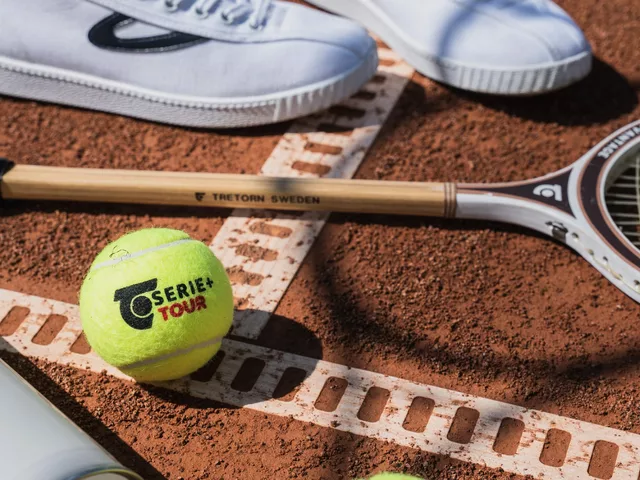

Understanding the Construction of a Tennis Ball
Let's start our journey by looking at what exactly a tennis ball is made of. A tennis ball, in its most basic form, is a hollow rubber ball covered in wool or synthetic felt. This design allows for optimal bounce, speed, and durability during a tennis match. It's important to understand this construction because the materials used play a significant role in determining the longevity of the ball.
The Importance of Pressurization in Tennis Balls
Pressurization is a key factor in determining the lifespan of a tennis ball. The bounce of a tennis ball largely depends on the air pressure inside it. When pressurized, the ball bounces well and moves fast. Over time, however, the air inside the ball starts to leak out, causing the ball to lose its bounce. This process is what leads to a tennis ball becoming 'dead' or unusable. This is why most professional tennis players change their balls frequently during a match.
Factors Influencing the Lifespan of a Tennis Ball
Several factors can influence how long a tennis ball lasts. These include how often the ball is used, the surface it is played on, and how it is stored. If a ball is used frequently, it will wear out quicker than a ball that is used sparingly. Similarly, balls played on hard surfaces tend to wear out faster than those used on grass or clay courts. The way a ball is stored can also affect its lifespan. Tennis balls should be stored in a cool, dry place to prolong their life.
How to Determine When a Tennis Ball is No Longer Usable
So, how exactly do you know when a tennis ball is no longer good to use? There are a few tell-tale signs. First, the ball will start to lose its bounce. This is the most significant indicator that a tennis ball has reached the end of its usable life. Additionally, the felt on the ball may start to wear off, causing the ball to move slower. Lastly, a tennis ball that has lost its round shape is also considered to be past its prime.
Tips to Extend the Lifespan of a Tennis Ball
While it's inevitable that a tennis ball will eventually wear out, there are a few things you can do to extend its life. One of the simplest ways is to keep it stored in its original can when not in use. This will help maintain the ball's pressure. Using the ball on softer surfaces like grass or clay can also help prolong its life. Furthermore, rotating between several balls during play can also help extend their lifespan.
The Typical Lifespan of a Tennis Ball
So, what is the typical lifespan of a tennis ball? Well, it depends. If you're a professional player who uses the ball intensively, a tennis ball might only last for a single match. However, for casual players, a tennis ball could last for several weeks or even months. It's important to remember, though, that even if a ball seems to be in good condition, it may have lost its optimal bounce and speed. So, it's always best to replace your tennis balls regularly.
A Final Word on the Usable Life of a Tennis Ball
In conclusion, the usable life of a tennis ball depends on a variety of factors including the frequency of use, the type of court it's played on, and how it's stored. While there's no fixed lifespan, a good rule of thumb is to replace your tennis balls once they start losing their bounce or when the felt begins to wear off. Remember, playing with a good quality ball not only enhances your game but also helps prevent injuries.


Send Comment